Technology is not only involved in our lifestyle but also our workspace, in sports and that’s what kept the work to flow on the rhythm.
Sports like Formula 1, where cars need to be super-fast and it can only be done when the car that can produce such amount of power. Many of the teams approach different engine suppliers to get the best thing for their driver.
Since the Formula One documentary “Drive to Survive” released by many of the youngsters showed their interest in it and following it passionately.
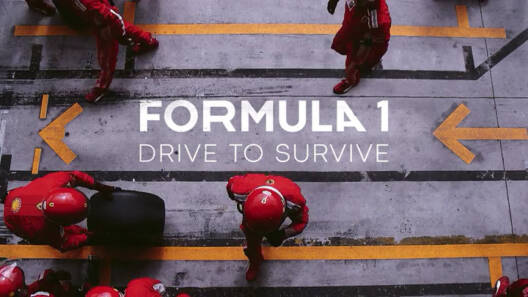


Knowing the interest of F1 rising higher, it’s better to understand the dynamic of F1 cars. To know about the insight of formula one and its technology involvement need to dig deep down.
Insight The F1 Build
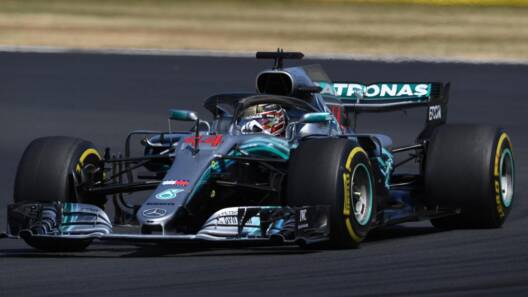


Formla One car the most unique cars in the racing sport. One seat, open cockpit, open wide wheels, steering wheel controller and wings on both sides. The regulation cars are unique to the Championship.
Firstly Formula One cars specifically constructed by the respective teams.
Therefore, the cars used semi-automatic gearboxes according to the regulations stated that 8 forward gears (increased from 7 since 2014) and one reverse gear must be used.
Interesting thing, that the gearbox made of carbon titanium to stop the heat explosion.
The modern-day Formula One car’s weight considered to be an ultra-light because it’s constructed from a composite of carbon fiber, the minimum weight of the car should be 702kg (1,548lb) including the driver but not fuel.
Background History
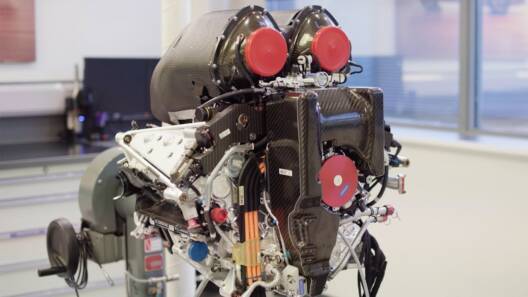


Formula One Engine, in 2006 Federation Internationale de l’Automobile introduced the current engine formula which made it necessary that cars can be powered by 2.4litre naturally aspiration engines in the V8 engine with no more than 4 valves per cylinder.
Some technical restrictions made in Formula One Engine part: ban on variable intake trumpets, also introduced with the new 2.4L V8 formula to prevent the teams from achieving higher RPM and horsepower quickly.
The engines are located in all cars between driver and rear axle. The engine is part of the structural support framework. As of last year’s 2014 season, all F1 cars will be equipped with turbocharged 1.6litre v^ engines. Turbocharges banned since 1998.
This big change gave up to the improvement of up to 35%fuel efficiency.
Key Element Aerodynamic
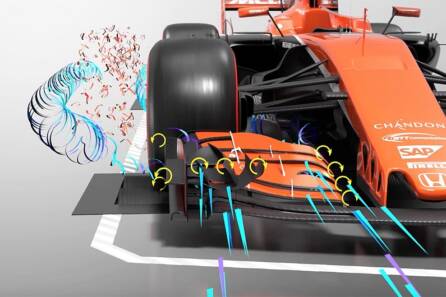


Now about its aerodynamic, aerodynamic have become key to success in this sport and those teams who spend tens of millions in research and development in the field each year.
The main two concerns about aerodynamic design which is: the creation of downforce, to help push the car’s tires onto the track and improve concerning forces: and minimizing the drag which causes by turbulence and acts of slow the car down.
In the late 1960s, Jim Hall of Chaparral first introduced “ground effect” downforce to auto racing. Then in the mid-1970s lotus engineers found out that these cars should act like a giant wing by creating an airfoil surface on their underside that coming air allowing to move relative to the car to push it to the road.
It’s Not Steering, It’s everything
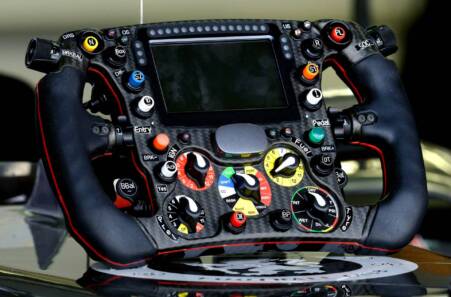


Now come to another part which is the interesting Steering Wheel controller. Why it’s different? it’s not an ordinary steering wheel , it has lots of functions that a driver need to know and while driving he also gets expert advice from the team regarding car conditions.
Because it’s not a normal steering wheel like we have seen in normal cars, it’s different. This wheel got many operations for the driver that he can use it like changing gears, apply rev, adjust fuel/air mix, change brake pressure, and call the radio.
Data like engine rpm, lap times, speed, and gear are displayed on an LCD screen. This particular steering wheel can only cost $50,000. And carbon fiber construction weight is 1.3 kilograms. In 2014 Formula One season-specific team like Mercedes have a large LCD on their Wheel which give a privilege to the driver that he can see additional information like fuel flow and torque delivery.
They are also customizing this particular wheel by using some different software.
Not The Usual Tyres
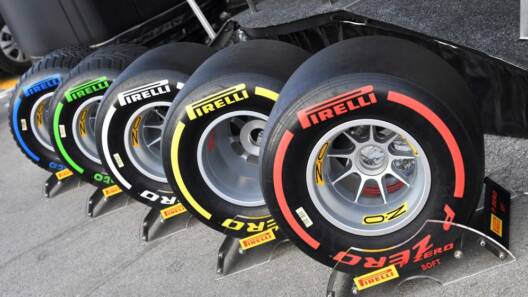


Now the most important thing or part of this unique machine is “Tyres”. Tires play their role in formula one racing, apart from engine tires is also concern the major parts of this machine. Tyres can be wider 355 and 380 mm (14.0 and 15.0 in) at the rear and front tyres from 270mm to 245mm for the 2010 season.
If the tyres are wider than the actual size the driver and his team will be disqualified from the race whether he wins the race or not. according to the report, road car tyres have a useful life up to 80,000km (50,000 mi) and the formula one car doesn’t live even for the whole race covering just half distance like (300km).
That’s why they usually changed two or three times per race. That time of break known as Pit Stop.
Currently, Lewis Hamilton dominating the F1 with the most World Championships in the world.



He drives Mercedes the most dominant team in the F1 championship. They worked on the key element Aerodynamics and that’s what matters the most.
That’s the insight of the F1 cars, note it down engine, design and many other things changes as per the time.
What do you think of the story? Tell us in the comments section below.















